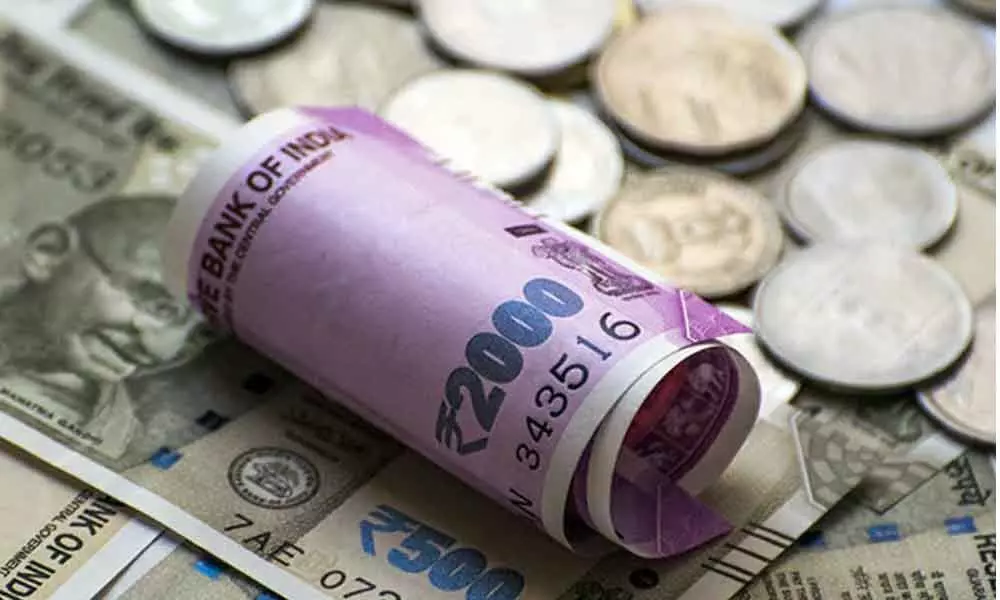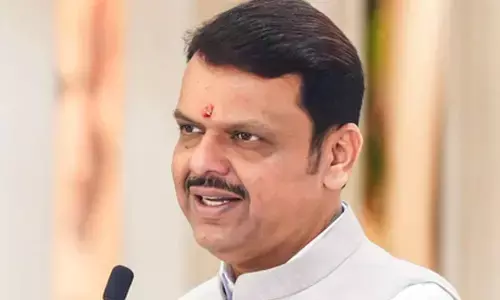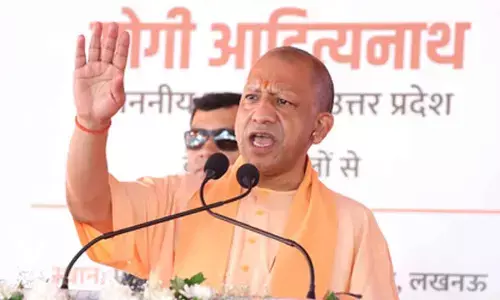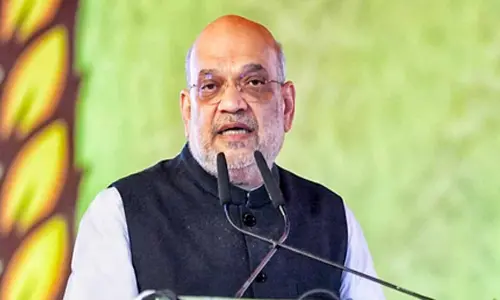Can recession be Achilles heel for the Modi govt?

Politics are complex. Political wars are no push-over. If a politician or political leader thinks that he can score an election victory with empty rhetoric, he is dead wrong, to say the least.
Politics are complex. Political wars are no push-over. If a politician or political leader thinks that he can score an election victory with empty rhetoric, he is dead wrong, to say the least.
There is also an opposite of this narrative. If a politician thinks that his rival has won because of latter's rhetoric, he is equally wrong.
A successful political leader is the one who can deploy a dexterous combination of oratory skills, skillful strategies and unwavering commitment towards followers as well as people. Above all, he should be capable of pooling in requisite resources of all kinds at right time in right measure.
And, not understanding rival's strong points is a recipe for disaster in political wars. Many in Opposition camp in India see Narendra Modi's victory in 2014 and 2019 general elections through a wrong prism called Hindutva.
Several people who call themselves as political observers and analysts also do the same mistake. But, that, I strongly feel, is a total misconception.
As my travels across Uttar Pradesh, the country's most populous State, and visits to high-profile parliamentary constituencies like Varanasi and Amethi therein during the recent General Elections revealed, Modi succeeded in selling 'better India' story to the poor, not-so-poor, the Middle Class and also to the rich.
In Lucknow, a cab driver who took me from airport to my hotel explained to me why demonetisation, an exercise for which the BJP government and its leader Modi received maximum flak, was a right move.
In Varanasi, another cab driver who took me from my hotel to the airport spoke for half an hour without break on how Narendra Modi changed the face of the ancient abode of Kasi Vishwanath and why people should vote for him.
No surprise BJP bettered its 2014 tally of 282 and won 303 Lok Sabha MP seats in 2019 elections. I predicted that BJP would get around 55 MP seats in Uttar Pradesh as I noticed a clear wave in its favour during my travels. The saffron party walked away with 62 out of 80 seats in UP.
But the second term of the BJP government at the Centre, dubbed as Mod 2.0 dispensation, began a disappointing note with economic growth hitting new low and the signs of economic recession gaining traction.
Drastic fall in automobile sales and low consumption levels are grim pointers towards a slowing economy. The Modi government also played spoilsport by increasing tax surcharge on super rich in recent Union Budget – a move that sent wrong signals to overseas investors.
Of course, after retaining power at the Centre, the Modi government took several bold steps like Triple Talaq Act and abrogation of Article 370 that grants autonomy to Jammu & Kashmir.
But the drastic slowdown in economy reminds us of what happened a decade back in 2009. The United Progressive Alliance (UPA) led by Congress retained power for second time that year.
But economy landed in trouble thanks to global recession and GDP growth hit a multi-year low of three per cent that financial year.
The UPA government led by Dr Manmohan Singh as its Prime Minister announced a series of measures including a stimulus package to revive ailing economy.
But the Singh government failed to gain momentum and eventually lost 2014 elections, paving way for the grand entry of Narendra Modi into power corridors of New Delhi.
Interestingly, like UPA-2, the Modi 2.0 dispensation also began its innings when the economy in bad shape. The moot question now is whether recession, if it kicks in, will prove to be Achilles' heel for the Narendra Modi government in 2024 elections.
The fact of the matter is that elections are five years away and it's too early to predict what will be in store for political parties five years later. But there seems to be some parallels between the UPA-2 and Modi 2.0.
Further, second term syndrome seems to be catching up with the BJP, going by the way the Central government is using (misusing?) investigating agencies like CBI and Enforcement Directorate against political rivals.
Above all, barring Jawaharlal Nehru, no politician and political party retained power at the Centre for third consecutive term. In this backdrop, it will be a Herculean task for the BJP to win majority seats on its own in 2024 unless it brings economy on higher growth track as fast as possible.
The bottom line is that the country's economic growth fell to 5.8 per cent during January-March 2019 (fourth quarter of FY19). The growth hit six-year low of 5 per during April-June 2019.
Intriguingly, that was the period when the country went to polls and elected new Lok Sabha. That means people voted for Narendra Modi in their hordes even though economy hit slow lane.
But the fate of BJP and popularity of Narendra Modi henceforth hinges on how the economy behaves. People will turn against the saffron party if economic slowdown starts pinching them financially.
Moreover, the Modi government has now made a promise that it will take the country's economy beyond $5-trillion mark by 2025. That will not be possible unless economy grows in double digits, a tall order at a time when odds are stacked against GDP growth.
Further, many developed economies including the US seem to be heading for slowdown, which will invariably leave adverse impact on India's economy.
Nirmala Sitharaman, the country's first Woman Finance Minister, announced a series of stimulus measures in the last few weeks to revive the country's economic fortunes.
On Friday, she took everyone by surprise by reducing corporate tax from 30 per cent to 22 per cent. This move will bring down tax burden on corporates by 1.45 lakh crore. But all these measures may not be enough to put economy higher growth track.
It is to be seen what more the central government will do to put economy in better shape. However, the country's economy and its growth trajectory will decide whether BJP can retain power at the Centre for third time in a row or not. That's for sure.














